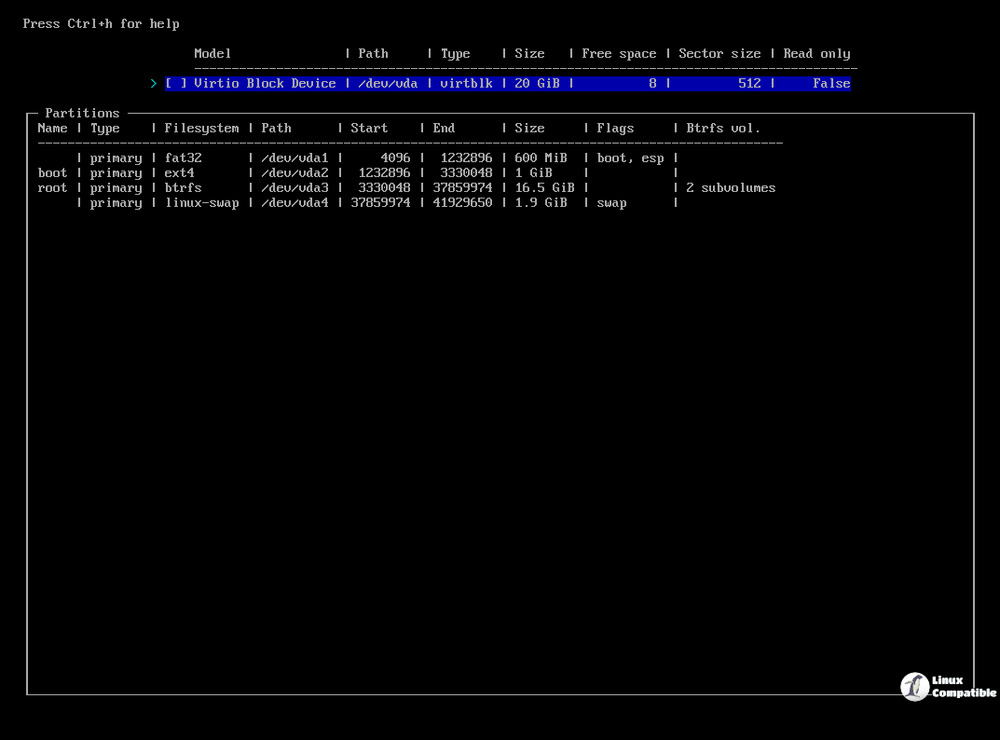Arch Linux has released its latest installation image, version 2025.04.01, which is built on the Linux kernel 6.13.8. As a lightweight and flexible distribution, Arch Linux caters to advanced users who appreciate up-to-date packages and a minimalist approach to system management. The new installation image not only includes essential Linux tools but also functions as a recovery or emergency medium. Notably, this release introduces a guided installer to enhance the user experience.
Arch Linux continues to support the x86-64 architecture with a robust selection of official packages, supplemented by a community-driven repository that continually expands in both size and quality. The Arch community is diverse and offers a wealth of knowledge and assistance, making it easier for users to get started. New users are encouraged to explore forums, mailing lists, and the comprehensive wiki for guidance.
Key details about the release include:
- Current Release: 2025.04.01
- Included Kernel: 6.13.8
- ISO Size: 1.2GB
- The installation image can be burned to a CD, mounted as an ISO, or written directly to a USB stick using tools like dd. It is intended solely for new installations, while existing systems can be updated using the command `pacman -Syu`.
Additionally, the 2025.04.01 release has made strides in accessibility, incorporating features from the TalkingArch project into the installation medium. Thanks to the efforts of Alexander Epaneshnikov, users can now access these features via the second boot loader menu item. The bootloader has been set to a 15-second timeout to allow visually impaired users to navigate the menu more easily, pausing the timer when a key is pressed.
For those interested, the installation image is available for download along with an installation guide.
In conclusion, Arch Linux 2025.04.01 not only strengthens its commitment to simplicity and cutting-edge technology but also enhances accessibility for all users, making it a noteworthy update for both new and existing Arch enthusiasts. As the distribution continues to evolve, users can look forward to future advancements that align with its core philosophy
Arch Linux continues to support the x86-64 architecture with a robust selection of official packages, supplemented by a community-driven repository that continually expands in both size and quality. The Arch community is diverse and offers a wealth of knowledge and assistance, making it easier for users to get started. New users are encouraged to explore forums, mailing lists, and the comprehensive wiki for guidance.
Key details about the release include:
- Current Release: 2025.04.01
- Included Kernel: 6.13.8
- ISO Size: 1.2GB
- The installation image can be burned to a CD, mounted as an ISO, or written directly to a USB stick using tools like dd. It is intended solely for new installations, while existing systems can be updated using the command `pacman -Syu`.
Additionally, the 2025.04.01 release has made strides in accessibility, incorporating features from the TalkingArch project into the installation medium. Thanks to the efforts of Alexander Epaneshnikov, users can now access these features via the second boot loader menu item. The bootloader has been set to a 15-second timeout to allow visually impaired users to navigate the menu more easily, pausing the timer when a key is pressed.
For those interested, the installation image is available for download along with an installation guide.
In conclusion, Arch Linux 2025.04.01 not only strengthens its commitment to simplicity and cutting-edge technology but also enhances accessibility for all users, making it a noteworthy update for both new and existing Arch enthusiasts. As the distribution continues to evolve, users can look forward to future advancements that align with its core philosophy
Arch Linux 2025.04.01 released
A new Arch Linux installation image based on Linux kernel 6.13.8 has been released. Arch Linux is a lightweight distribution designed for expert users who want the most up-to-date packages. The installation image, which includes the most important Linux tools, also serves as a recovery or emergency image. The installation image now includes a guided installer.


